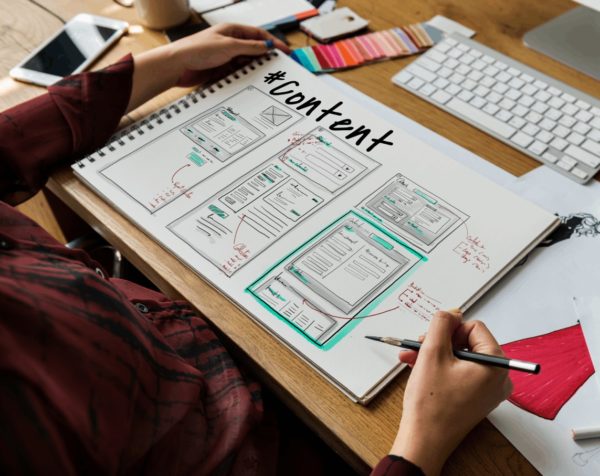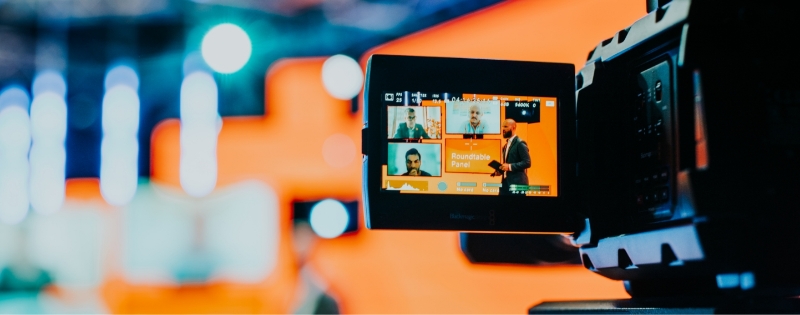“We as marketers get bored with our own content much quicker than our consumers do” recalls Victor Lebon, Chief Innovation & Strategy Officer at ICP, as he quotes a particularly poignant comment made during one of his roundtable sessions.
He facilitated discussions around “Unlocking the Long-Term Value of your Marketing Assets” at a recent GDS Group CMO Digital summit.
This comment – made by a “marketer for one of the biggest companies in the world” - stood out to Victor because it highlighted the dilemma leaders in marketing face between their need to scratch a creative itch with their content, while attaining measurable ROI for their campaigns.
But why must one forsake the other?
Industry thought leaders have been sharing their tips for improving marketing ROI in 2022, while refusing to resort to high-churn-low-quality content output:
Tip 1: Influencers as “ROI Drivers”
The trick is to “challenge your perception of what influencers can do for brands” shared Jessica Holloway, Director of Sales at Influential. She touched on this in her keynote speech at the GDS Group Digital Marketing North America summit.
Yes, savvy consumers know full-well that influencers are paid to promote brands, but the numbers speak for themselves in proving consumer preference for real humans over organisations.
In partnership with Moat and IRI, Influential conducted a study to determine the correlation between influencer creative, attention measurement, and business outcomes:
- 9 out of 10 consumers trust influencers over brands
- Influencer ads deliver 44% higher attention metrics vs brand ad content
- Influencer ads drive 6x higher ROAS compared to the social benchmark
Ultimately, Holloway shared, “Trust + Attention = ROI”.
Tip 2: Embrace the Shifts in Influencer Marketing Models
Harnessing this potential, requires marketers to adapt to a changing influencer landscape, and to embrace new facilities – which make old models redundant.
- Initially (around 2014) marketers began implementing influencer strategies with a “Talent Model”: a perception that influencers are mini celebs, with whom brands could only hope to create an association.
- Following this, the needle shifted towards a “Data Model”, where brands could begin assessing: “what is this person’s audience, what is their engagement like, and do they fit in with us?”
However, Holloway points out, algorithms and platforms change, and marketers need to accept a shifting approach to continue seeing returns on their campaigns.
- Thus, the “Optimization Model” brought in targeting. Here, brands gained access to facilities for boosting engagement – through paid approaches.
But – even with this model – “I still wanted to understand how the influencer connected to ROI and our bottom-line” says Holloway.
- This brings us to the “Conversion Model” where brands can finally attain the link between influencer content and ROI. It encourages businesses to be smart about targeting in a way that will not waste company media dollars.
Holloway’s keynote indicates that – even in such a fast-paced industry as influencer marketing – there is temptation to grow attached to outdated models – simply because they have brought value or results in the recent past.
Marketers ought to be prepared to adapt, un-learn and re-learn their strategic approaches, as often as social media platforms change their algorithms… which is: All. The. Time.
Tip 3: Creating reusable content (in a ‘fast-fashion’ climate)
At our CMO Digital EU summit, a delegate asked our panel:
“How do we go about creating a reusable asset in a ‘fast fashion’ social media climate?”
It comes down to “intentionality,” commented Victor Lebon. “A brief, or a campaign needs to be clear and outlined from the get-go.”
Fast-content might be cheaper initially, and it might offer an immediate sense of return; however, a more sustainably minded, intentional strategy could bring return for years to come.
The key is to “allow space for bursts of tactics”, Lebon highlights, within a longer-reaching strategy. A nuanced approach, which combines both, is king.
Tip 4: Innovate (With Caution)
Come on, admit it, NFTs, Livestream shopping, the “Metaverse” may be intimidating to several consumers, but it’s also exciting.
Although, as we get to grips with the potentials these new technologies bring, thought leaders have offered differing perspectives on their value.
“There’s a lot of talk about NFTs… but [they’re] peripheral and carbon greedy” –asserts Maddy Cooper Chief Commercial Officer & Founding Partner at Brilliant Noise at our CMO Digital summit.
She issues caution to marketers, that engagement ought to be assured before investing heavily in concepts that our communities and audiences may not fully grasp.
On the other hand, Jessica Holloway highlights the opportunity to combine influencer marketing and emerging technologies in this space:
“Have your influencers drive the excitement around NFTS, and use [them] to give consumers the education they crave.”
GDS Summits are tailored 3-day virtual event conferences that bring together business leaders and solution providers to accelerate sales cycles, industry conversations and outcomes. Regarding our recent CX Innovation Summit, 86% of delegates said the overall experience of the Digital Summit they attended was either above average or excellent, and 71% of delegates said the Digital Summit provided them with actionable outcomes to support their current initiatives.
For more, click here to hear from attendees on how GDS has helped them to achieve their business outcomes.














